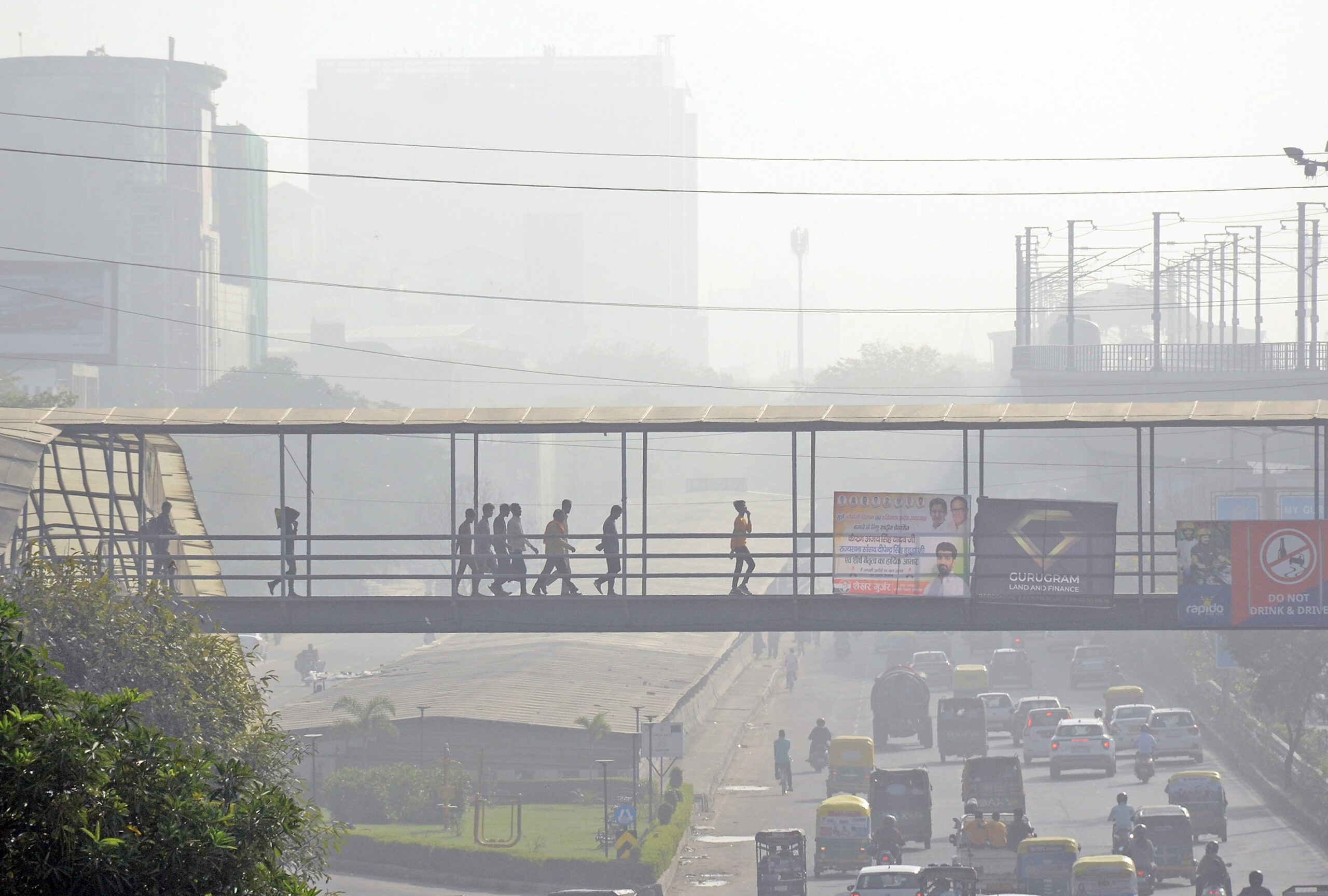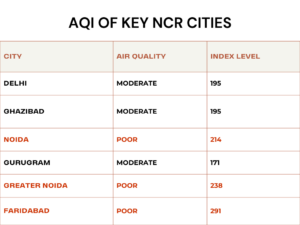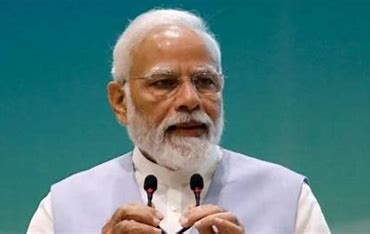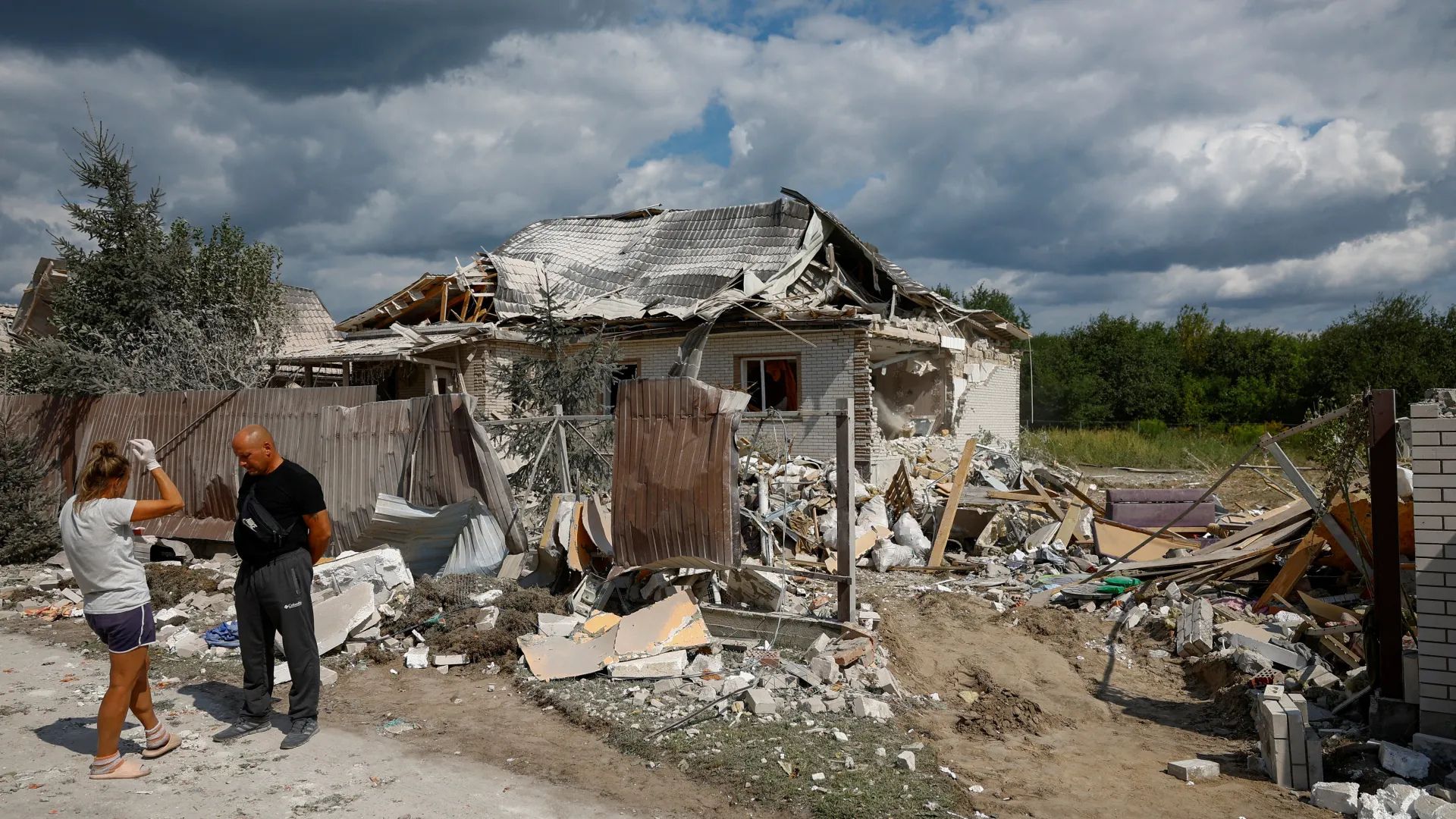
Delhi’s air quality was recorded in the poor category for the third consecutive day on Wednesday and a major improvement is unlikely over the next few days, according to monitoring agencies. The city’s average air quality index (AQI) stood at 238 at 10 am, worsening from 220 at 4 pm on Tuesday. The average AQI was 196 in neighbouring Ghaziabad, 258 in Faridabad, 176 in Gurugram, 200 in Noida and 248 in Greater Noida. According to the Centre’s Air Quality Early Warning System for Delhi, the city’s air quality is likely to oscillate between the poor and very poor categories over the next four to five days.

An AQI between zero and 50 is considered good, 51 and 100 satisfactory, 101 and 200 moderate, 201 and 300 poor, 301 and 400 very poor, and 401 and 500 severe. Delhi’s air quality had turned very poor on Sunday for the first time since May, mainly due to a drop in temperature and wind speed, which allowed pollutants to accumulate. Several incidents of firecracker burning were also reported from parts of Delhi on the occasion of Dussehra on Tuesday.
In accordance with the practice of the last three years, Delhi had last month announced a comprehensive ban on the manufacture, storage, sale, and use of firecrackers within the capital city. A public awareness campaign, “Patakhe Nahi Diye Jalao”, will be soon reintroduced to discourage the burning of firecrackers.
UNDERSTANDING GRAP
The air quality in Delhi NCR has worsened over the last few days according to the India Meteorological Department and the Indian Institute of Tropical Meteorology. Stage I of the Graded Response Action Plan (GRAP) was implemented on October 6 after an emergency meeting took place to address the deteriorating air quality of the capital city. Now, Stage II of GRAP has been enforced as the air quality dips from “Poor” to “Very Poor” in Delhi.
GRAP is pivotal in safeguarding public health, especially during peak pollution seasons. Its proactive approach ensures that measures are taken before air quality deteriorates significantly, preventing adverse health effects and environmental damage. The plan’s dynamic nature allows it to adapt to changing pollution levels, providing a comprehensive strategy to combat air pollution.
The Graded Response Action Plan (GRAP) is a framework designed to combat air pollution in the Delhi-NCR region. It was introduced as an emergency response mechanism, and its implementation is triggered when the AQI reaches “poor” levels. Implementation: The Commission for Air Quality Management (CAQM) in NCR and adjoining areas oversees the implementation of GRAP. It collaborates with the Ministry of Environment, Forest and Climate Change (MoEFCC). Different stages: This year the GRAP was revised as the CAQM “anticipated deterioration of air quality in NCR during winter months”, according to a release by the MoEFCC at the end of July. GRAP consists of four stages, each with targeted actions to be taken by the necessary authorities and agencies.
AIR PURIFIER SALES ROCKET
As the festival fever grips the country and companies gear up for bumper sales, consumers in north India are arming themselves with an essential device amid falling temperatures: an air purifier. Sales of air purifiers have risen in recent weeks as air pollution scares loom large over the region, electronics retailers say.
“This is just the beginning, as these are early buyers,” Gupta said. “Last year, pollution in north India was still under control. People were also masking up due to Covid-19, which also brought down the sales of air purifiers. This year, however, masks are off. Sales will now depend on how bad the pollution gets,” he added. Pollution levels in north India typically go up in the winter season due to stubble burning in Haryana and Punjab, vehicular congestion, and smoke from the burning of crackers.















